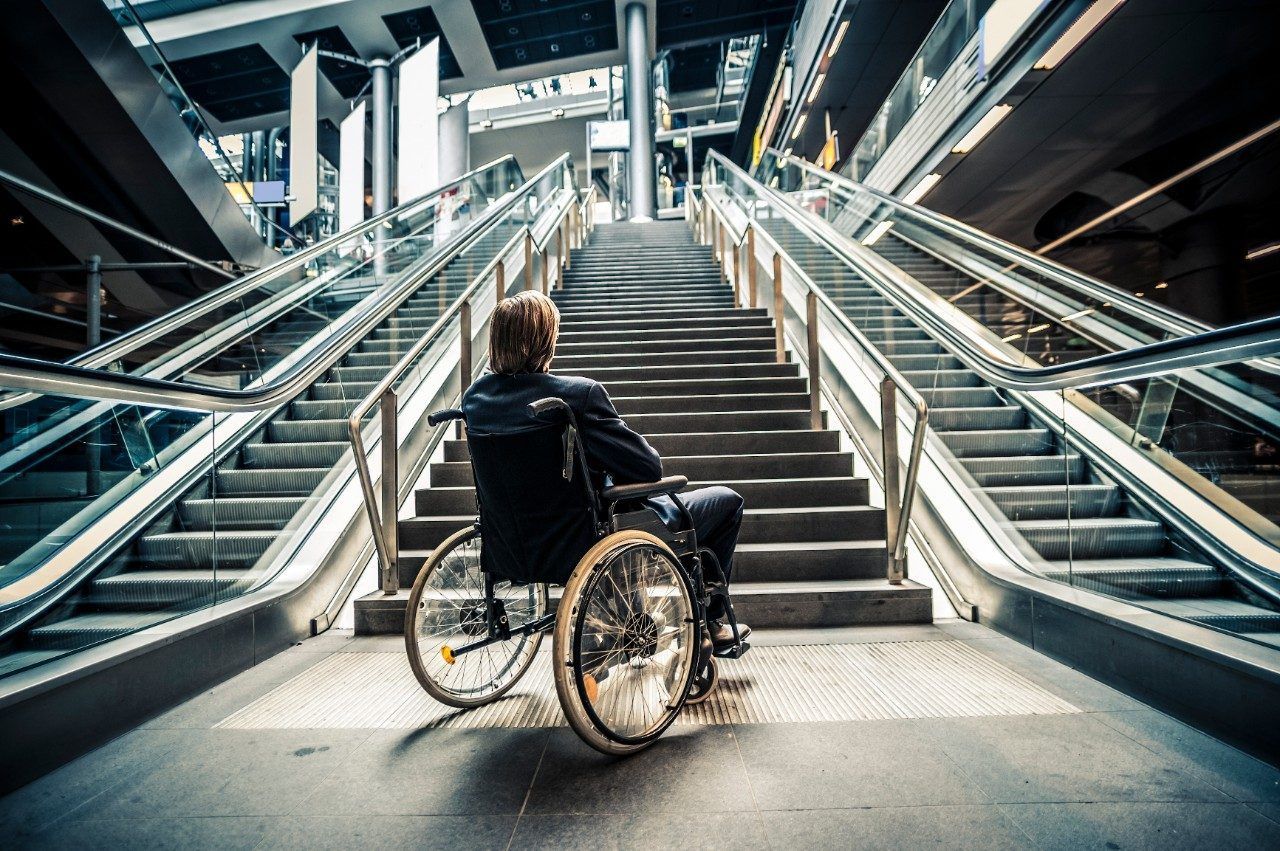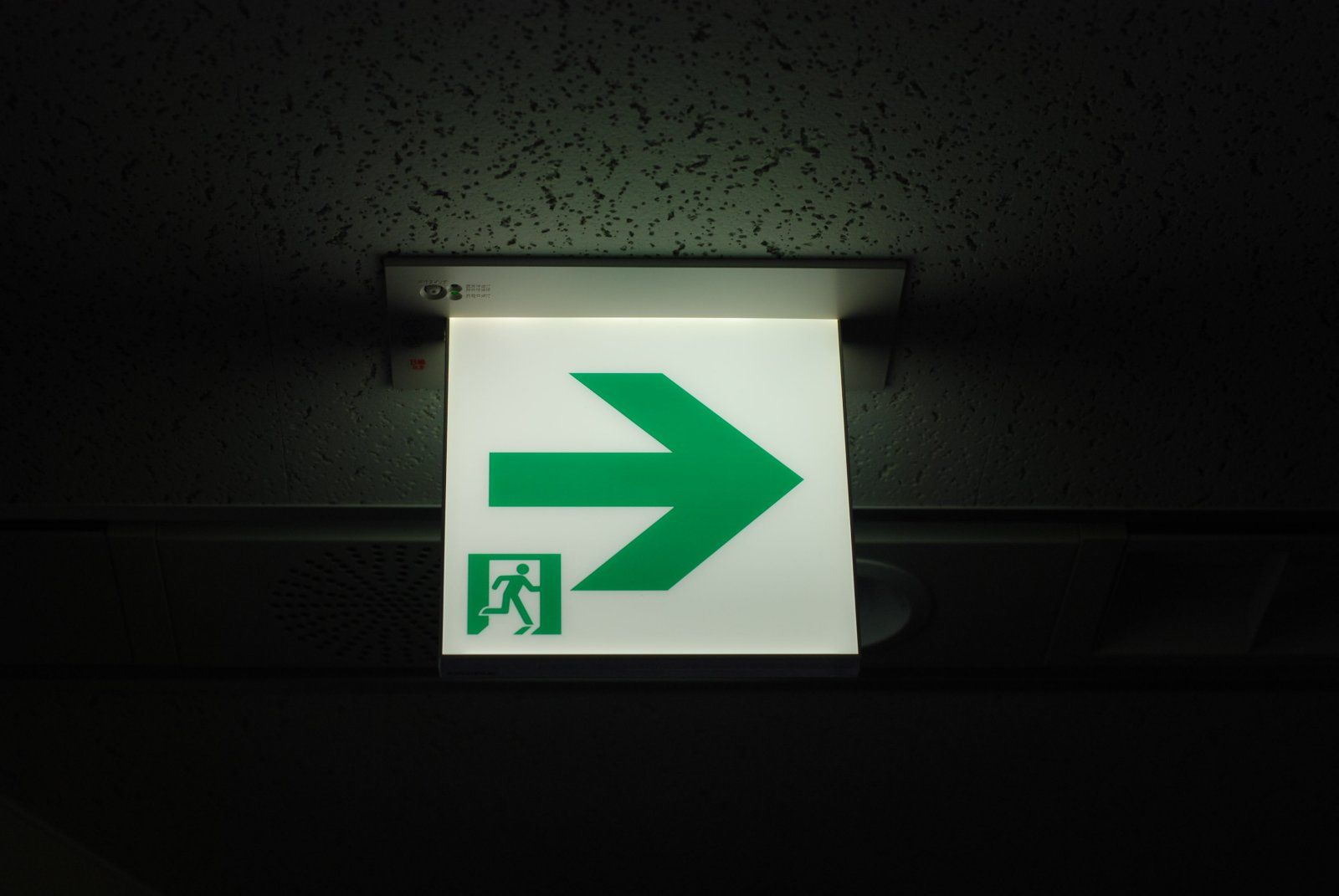New Zealand Legislation

Evacuation of building 2018 Regs
Edited for persons facing difficulties with stair well evacuation.
7 Owner of building must provide evacuation procedure
(1)The owner of a building must have a procedure in place (evacuation procedure) for the safe, prompt, and efficient evacuation of the building’s occupants in the event of a fire emergency requiring evacuation.
(2) The procedure must— (a) provide for the occupants to be evacuated to a place or places of safety; and (b) without limiting paragraph (a), provide for the safety of any person who requires particular assistance.
(3) The owner of a building must ensure that information about the evacuation procedure is readily available to the building’s occupants, including information about—
(a) the routes of travel to the place or places of safety for the building; and
(b) the fire alarm signals or other methods that are used for alerting occupants or that are available for use by the occupants; and
(c) any firefighting equipment that is available for use by the occupants; and
(d) the provision for any person who requires particular assistance; and
(e) how to alert FENZ to a fire emergency.
(4) The owner of a building must erect clear, distinct, and legible signs and notices at appropriate places in the building that clearly summarise the matters specified in subclause (3)(a) to (e).
(5) Without limiting subclause (4), the signs and notices required by that subclause must comply with the following requirements:
(a) the signs and notices must have a safety blue background and a white border; and
(b) lettering on the safety blue background must be white; and
(c) printed lettering on the signs and notices must be no less than 5 mm high; and (d) any spaces on the signs or notices that are designed to contain hand-written information must be white and at least 10 mm high.
(6) The place or places of safety for a building that is a relevant building must meet the requirements of regulation 26.
9. Owners or tenants of certain buildings must have employees trained to assist occupants to evacuate
(1) Sub clause (2) applies to a building described in paragraph (4), (5), (8), (9), (10), (13), (14), or (27) of Schedule 2.((4) childcare centres and kindergartens:(5)day-care centres and facilities.(8)courthouses:(9)police stations:(10)hotels, motels, hostels, halls of residence, holiday cabins, groups of pensioner flats, boarding houses, guest houses, and other premises providing accommodation for the public: (13)educational institutions, including public and private primary, intermediate, and secondary schools, universities, polytechnics, and other tertiary institutions:(14)libraries, museums, art galleries, and other cultural institutions:(27)a relevant building.)
(2) The owner of the building must ensure that occupants who are employees of the owner are trained to assist any other occupants of the building to evacuate the building in a fire emergency in accordance with the evacuation procedure for the building.
(3) Every tenant of the building must ensure that occupants who are employees of the tenant are trained to assist any other occupants of the building to evacuate the building in a fire emergency in accordance with the evacuation procedure for the building.
15 Owner or tenant of building must install hand-operated firefighting equipment if required by FENZ
(1) The owner or tenant of a building must comply with a requirement by FENZ under subclause (2).FENZ may, in writing, require the owner or tenant of a building to install hand-operated firefighting equipment in a particular location in the building if—(a) the building has only a single means of escape; and (b) the building has no automatic sprinkler system; and (c) FENZ is satisfied that activities occurring in the building and the locations of those activities in the building make it more likely that fire could affect the means of escape from the building.
26 Requirements for evacuation scheme in relation to places of safety
(1) The 1 or more places of safety designated in an evacuation scheme must—
(a) be inside or outside the building, if the building has an automatic sprinkler system; or (b) be outside the building, in any other case.
(2) A place of safety inside a building must—
(a) meet the requirements set out in paragraph
(b) of the definition of place of safety in clause A2 of the building code; and be a place from which the occupants are able to safely exit the building.
27 Requirements relating to provision for place of safety for persons who require particular assistance (1) An evacuation scheme for a building must either— (a) provide for any persons requiring particular assistance to evacuate the building using its means of escape from fire; or (b) provide for those persons a place of safety inside the building that complies with regulation 26. (2) This regulation does not limit regulation 26 in relation to the provision of a place of safety inside the building for persons other than persons who require particular assistance.
28 Requirements in relation to places of safety inside building (1) This regulation applies to an evacuation scheme that is designed to enable evacuation in a fire emergency or alarm of fire to a place or places of safety inside the building. (2) The evacuation scheme for the building must— (a) specify how, in a fire emergency or alarm of fire, the building’s occupants and the attending firefighters are notified of the place or places of safety; and (b) require certain persons specified in the scheme (whether by name or position held) to remain, in a fire emergency or alarm of fire, with the building’s occupants at the place or places of safety inside the building; and (c) specify how, in a fire emergency or alarm of fire, the attending firefighters are notified of whether there are any people at the place or places of safety; and (d) require the building’s occupants, in a fire emergency or alarm of fire, to be evacuated from the place or places of safety inside the building to a place or places of safety outside the building if directed to evacuate by a person who is a member of FENZ personnel or a person referred to in paragraph (b).
31 Persons who require particular assistance and persons under control or supervision in trial evacuation
In a trial evacuation, persons who require particular assistance and persons under control or supervision—
(a) are not required to go outside the building; but
(b) if they do not go outside the building, must be gathered as close as is reasonably possible to an exit from the building or in a place of safety that complies with regulation 26.
33 Evacuation training programmes
(1) The owner of a building to which regulation 25(d)(ii)(A) applies must prepare and implement an evacuation training programme that clearly demonstrates how the permanent occupants of the building are capable of managing, in a fire emergency, an evacuation of all the occupants from the building.
(2) Without limiting sub clause (1), an evacuation training programme must include details of how the permanent occupants are trained and assessed (at intervals of not more than 6 months) in relation to—
(a) the matters referred to in regulation 7(3)(a) and (b); and
(b) the use of any firefighting equipment in the building; and
(c) the use of any emergency equipment in the building for assisting persons who require particular assistance to evacuate the building.
ClauseA2—Interpretation
accessible having features to permit use by people with disabilities
accessible route an access route usable by people with disabilities. It shall be a continuous route that can be negotiated unaided by a wheelchair user. The route shall extend from street boundary or carparking area to those spaces within the building required to be accessible to enable people with disabilities to carry out normal activities and processes within the building
clearly visible, for the purposes of clause F8.3.1, means visible, under the worst likely conditions and at the maximum distance from which the sign in question needs to be viewed, by a person who either does not have a visual impairment or uses corrective lenses
escape route a continuous unobstructed route from any occupied space in a building to a final exit to enable occupants to reach a safe place, and shall comprise one or more of the following: open paths, protected paths and safe paths
evacuation time means the time between the ignition of a fire affecting a building and the time when all the occupants of the building have reached a place of safety
exitway all parts of an escape route protected by fire or smoke separations, or by distance when exposed to open air, and terminating at a final exit
final exit the point at which an escape route terminates by giving direct access to a safe place
firecell any space including a group of contiguous spaces on the same or different levels within a building, which is enclosed by any combination of fire separations, external walls, roofs, and floors
people with disabilities people whose ability to use buildings is affected by mental, physical, hearing or sight impairment
place of safety means either—(a) a safe place; or (b) a place that is inside a building and meets the following requirements:
(i)
the place is constructed with fire separations that have fire resistance sufficient to withstand burnout at the point of the fire source; and
(ii)
the place is in a building that is protected by an automatic fire sprinkler system that complies with NZS 4541 or NZS 4515 as appropriate to the building’s use; and
(iii)
the place is designed to accommodate the intended number of persons; and
(iv)
the place is provided with sufficient means of escape to enable the intended number of persons to escape to a safe place that is outside a building
risk group A, for the purposes of performance F6.3.4 and performance F6.3.5, means buildings—
(a)
whose occupants are required to remain in the building until the main lighting system is restored; or
(b)
whose evacuation time is longer than 90 minutes
risk group B, for the purposes of performance F6.3.4 and performance F6.3.5, means buildings—
(a)
whose evacuation time is 30 minutes or longer but not longer than 90 minutes; or
(b)
whose occupant load is more than 1 000
risk group C, for the purposes of performance F6.3.4, means buildings not in risk group A or risk group B
safe place a place of safety in the vicinity of a building, from which people may safely disperse after escaping the effects of a fire. It may be a place such as a street, open space, public space or an adjacent building
Health and Safety at Work Act 2015 (plus amendments)
3Purpose (1) The main purpose of this Act is to provide for a balanced framework to secure the health and safety of workers and workplaces by—
(a) protecting workers and other persons against harm to their health, safety, and welfare by eliminating or minimising risks
30Management of risks
(1) A duty imposed on a person by or under this Act requires the person—
(a) to eliminate risks to health and safety, so far as is reasonably practicable; and
(b)if it is not reasonably practicable to eliminate risks to health and safety, to minimise those risks so far as is reasonably practicable.
person conducting a business or undertaking or PCBU Must show “Due Diligence” (a) to acquire, and keep up to date, knowledge of work health and safety matters; must take ‘all practical steps’ to ensure the safety of employees in the workplace. Hazards must be eliminated, isolated or minimised”.
Leaving anyone behind in any emergency can no longer be considered best practice in ‘minimising the hazard’ when everyone can now exit the stairs smoothly and safely together. PCBUs can face substantial fines if such “Due Diligence” is not shown.
58Duty to engage with workers (1) A PCBU must, so far as is reasonably practicable, engage with workers— (b)who are, or are likely to be, directly affected by a matter relating to work health or safety.
This applies to disabled staff-members, who may suffer harm if trapped in an unsafe building. (Harm can include undue stress caused by being left behind).
Human Rights Act 1993, …Unlawful discrimination: "not being given an employment opportunity; not being given access to a place or service; being treated less favorably or being subjected to a detriment”....To be left behind while others are escaping to safety has got to fall into this category. Risk of Harm has exemptions generally to do with major modifications to existing buildings But the Risk of Harm exemption does NOT apply if, “without unreasonable disruption, reasonable measures could be taken to reduce the risk to a normal level.” Evac+Chair does this.
Convention on the Rights of Persons with Disabilities: Article 11- “Parties shall take…all necessary measures to ensure the protection and safety of persons with disabilities in situations of risk.”Evac+Chair has proved the breakthrough in Stairwell evacuation. It has proved itself to be by far the fastest, simplest, safest, smoothest, and most dignified method of assisting anyone needing assistance when the lifts are out of action.
Call 0800 evacuate (382 282) Or visit www.evacchair.co.nz


